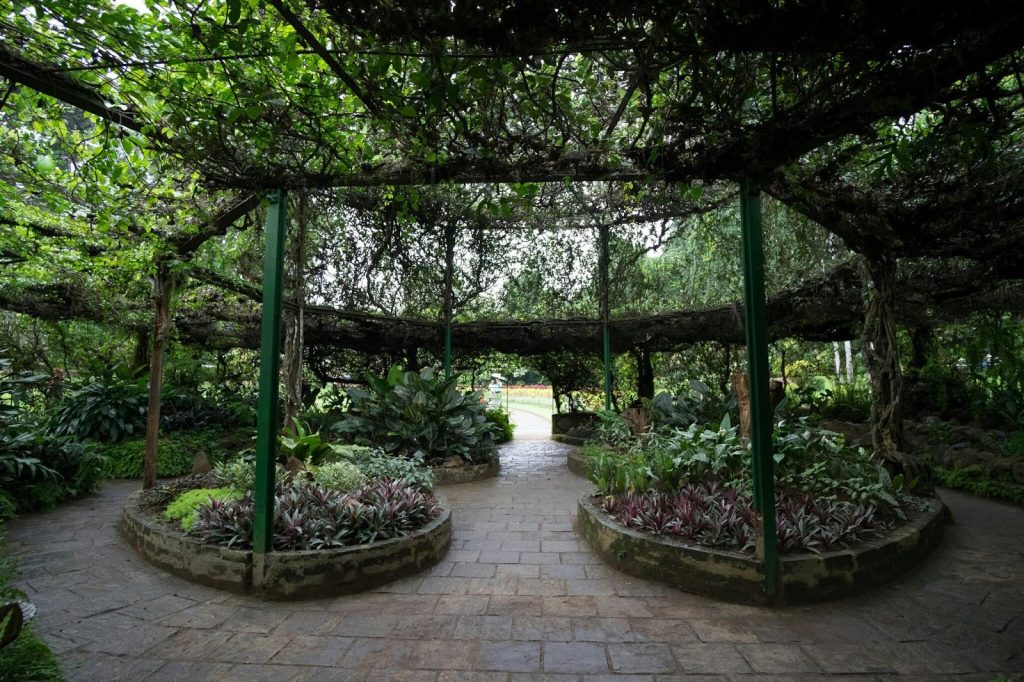Spices Gardens
Sri Lanka boasts a rich tradition of spice cultivation and is renowned for its diverse array of aromatic herbs and spices. Tourists visiting the island have the opportunity to explore various types of spice gardens, each offering a unique experience centered around the cultivation, processing, and uses of spices. Here are some of the types of spice gardens and spices that attract tourists:
Traditional Spice Gardens:
These are the most common type of spice gardens found across Sri Lanka. Traditional spice gardens showcase a wide variety of spices and herbs, including cinnamon, cardamom, cloves, nutmeg, pepper, turmeric, ginger, and lemongrass. Visitors can wander through lush gardens, learn about traditional cultivation methods, and witness spice demonstrations conducted by knowledgeable guides.
Ayurvedic Spice Gardens:
Ayurvedic spice gardens focus on medicinal herbs and plants used in traditional Ayurvedic medicine, which dates back thousands of years in Sri Lanka. These gardens feature herbs renowned for their therapeutic properties, such as neem, gotu kola, ashwagandha, brahmi, and aloe vera. Visitors can learn about the healing benefits of Ayurvedic herbs and receive insights into holistic wellness practices.
Organic Spice Gardens:
With a growing interest in organic farming and sustainable agriculture, organic spice gardens have become increasingly popular among tourists seeking natural and chemical-free products. These gardens emphasize organic farming methods and showcase a wide range of spices and herbs grown without synthetic pesticides or fertilizers. Visitors can sample organically grown spices and learn about environmentally friendly farming practices.
Herbal and Medicinal Gardens:
Herbal and medicinal gardens focus on plants with medicinal properties and play a vital role in preserving traditional knowledge of herbal medicine. These gardens feature a diverse range of medicinal herbs, including those used to treat common ailments such as digestive disorders, skin conditions, and respiratory problems. Visitors can explore herbal gardens, consult with herbalists, and learn about the therapeutic uses of medicinal plants.
Culinary Spice Gardens:
Culinary spice gardens cater to food enthusiasts and culinary travelers looking to explore the vibrant flavors of Sri Lankan cuisine. These gardens showcase a variety of spices and herbs used in local cooking, such as curry leaves, pandan leaves, fenugreek, mustard seeds, and chili peppers. Visitors can participate in cooking demonstrations, sample traditional dishes, and purchase spice blends and condiments to recreate authentic Sri Lankan flavors at home.
Spice Estates and Plantations:
For a more immersive experience, tourists can visit spice estates and plantations scattered across Sri Lanka’s hill country. These estates specialize in the cultivation of specific spices such as cinnamon, cloves, and pepper on a larger scale. Visitors can take guided tours of the plantations, observe spice harvesting and processing, and gain insights into the commercial spice trade.
Overall, Sri Lanka’s diverse range of spice gardens offers tourists a fascinating glimpse into the island’s rich spice heritage, providing opportunities to learn, explore, and savor the aromatic flavors and medicinal properties of its prized spices and herbs.

